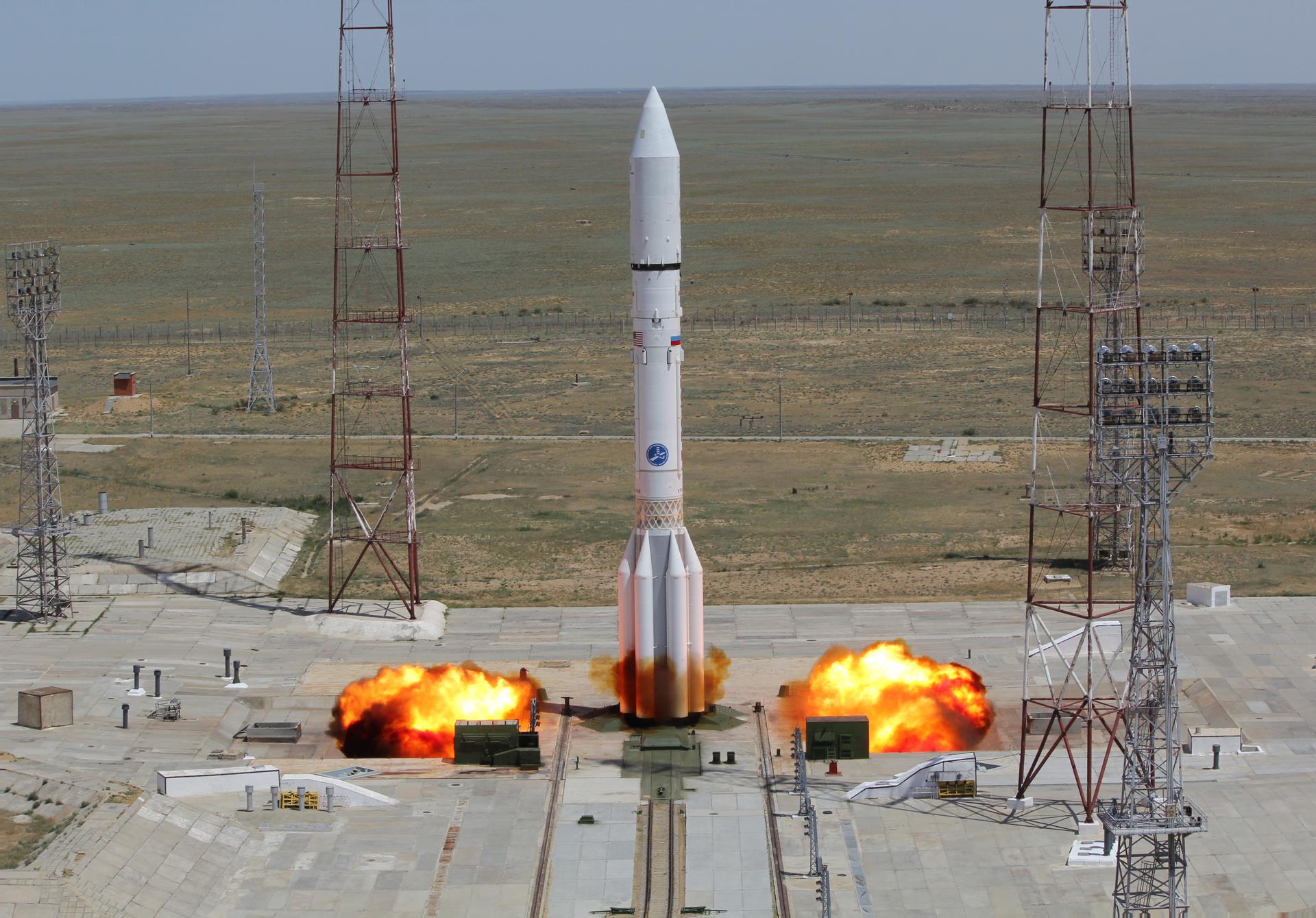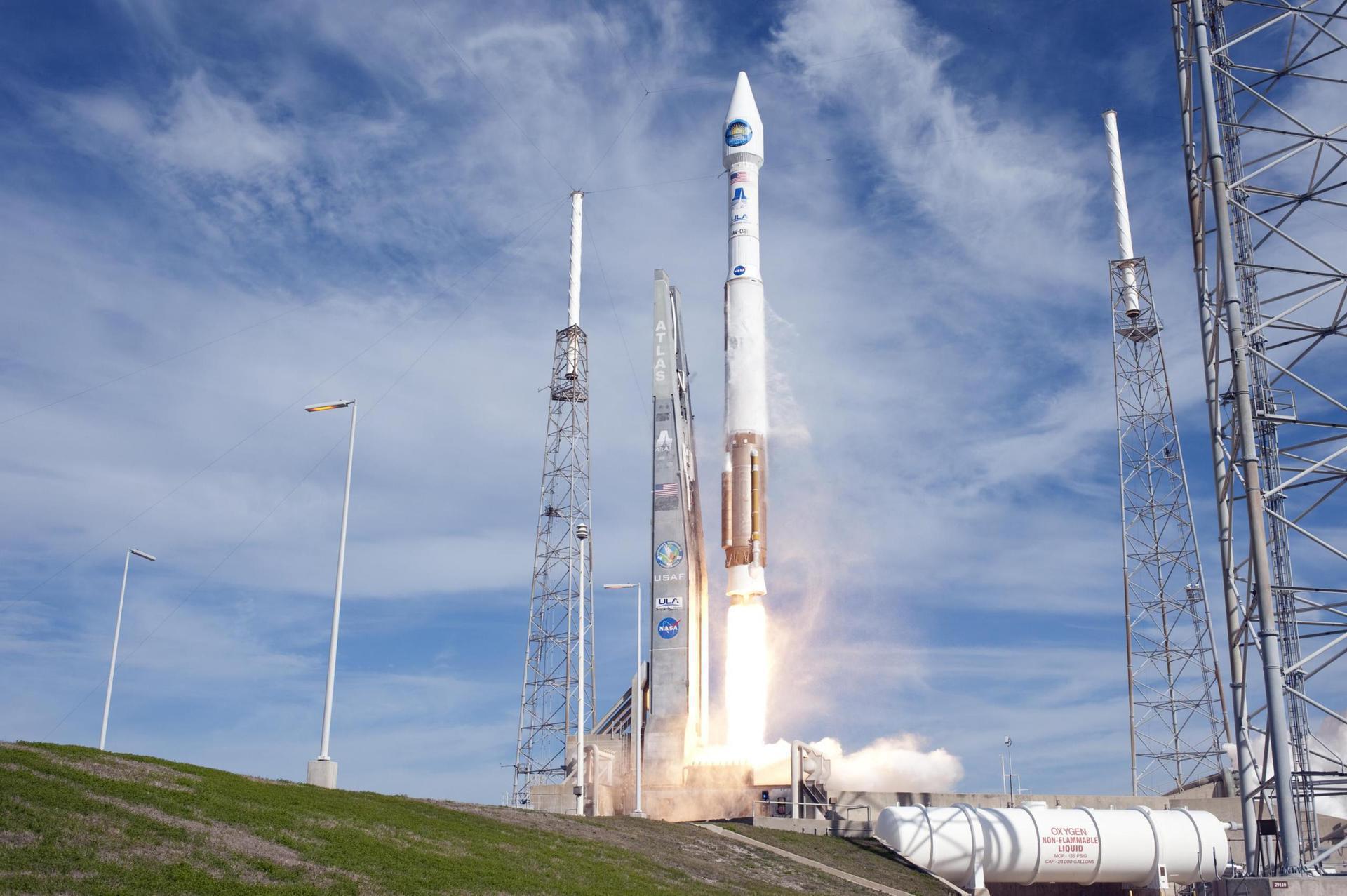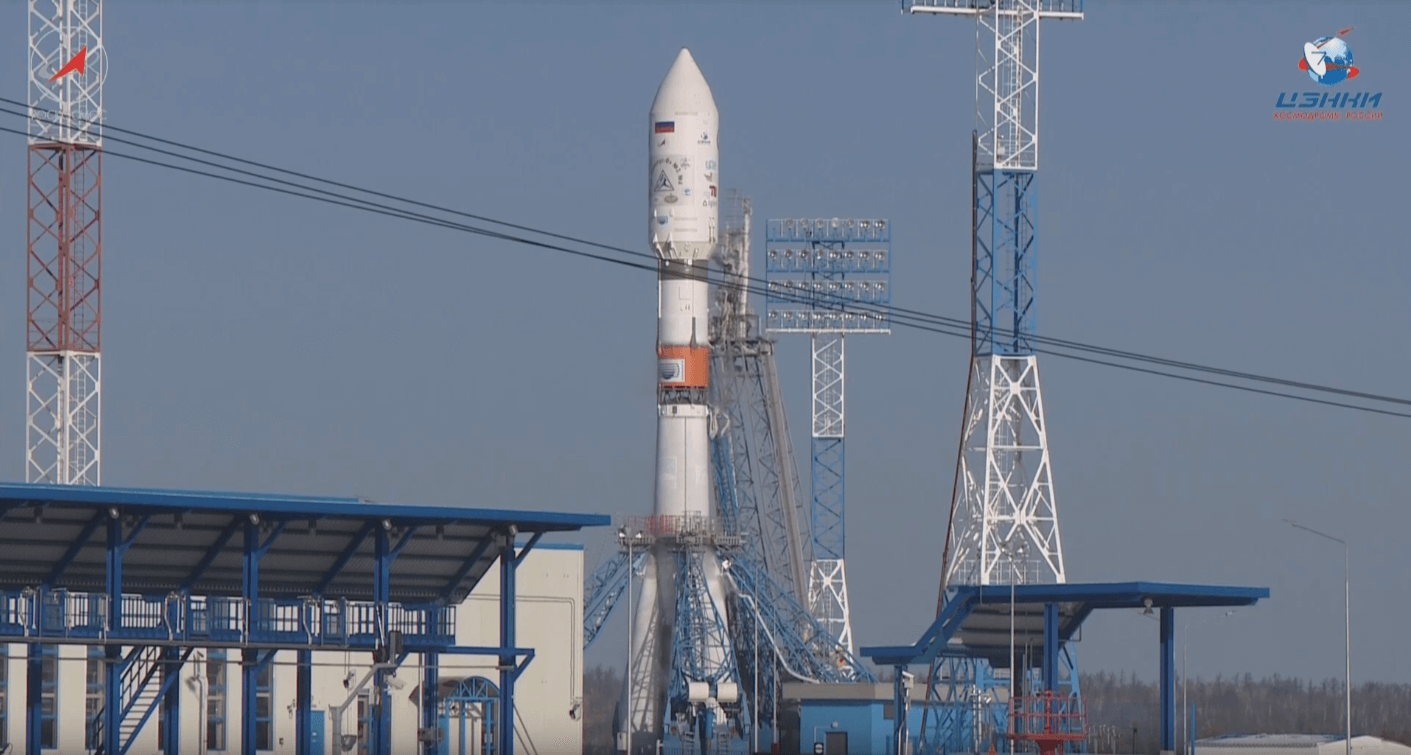Previous Spaceflight Launches
Filter by Agency, Locations or Vehicles
Show All LaunchesSoyuz FG | Soyuz TMA-02M
Progress Rocket Space Center | RussiaBaikonur Cosmodrome, Republic of Kazakhstan
June 7, 2011, 8:12 p.m.
Status: Launch Successful
Mission:
Soyuz TMA-02M begins expedition 28 by carrying 3 astronauts and cosmonauts to the International Space Station. Russian Commander, cosmonaut Sergey Volkov alongside Flight Engineers, Michael E. Fossum (NASA) & Satoshi Furukawa (JAXA) will launch aboard the Soyuz spacecraft from the Baikonur Cosmodrome in Kazakhstan and then rendezvous with the station. It landed on 22 November 2011, 02:26 UTC
Low Earth OrbitSpaceShipTwo | VSS Enterprise GF10
Virgin Galactic | United States of AmericaAir launch to Suborbital flight
May 25, 2011, noon
Ariane 5 ECA | ST-2 & INSAT-4G/GSAT-8
ArianeGroup | FranceGuiana Space Centre, French Guiana
May 20, 2011, 8:38 p.m.
Status: Launch Successful
Mission:
ST-2 is a telecommunication satellite made by Mitsubishi, providing relay services over the Middle East, Central Asia, India and Southeast Asia from its geostationary orbit at 88 degrees East. GSAT-8 is a communication satellite for ISRO.
Geostationary Transfer OrbitProton-M / Briz-M Enhanced | Telstar 14R
Khrunichev State Research and Production Space Center | RussiaBaikonur Cosmodrome, Republic of Kazakhstan
May 20, 2011, 7:15 p.m.
SpaceShipTwo | VSS Enterprise GF09
Virgin Galactic | United States of AmericaAir launch to Suborbital flight
May 19, 2011, noon
Space Shuttle Endeavour / OV-105 | STS-134
National Aeronautics and Space Administration | United States of AmericaKennedy Space Center, FL, USA
May 16, 2011, 12:56 p.m.
SpaceShipTwo | VSS Enterprise GF08
Virgin Galactic | United States of AmericaAir launch to Suborbital flight
May 10, 2011, noon
Atlas V 401 | SBIRS GEO Flight 1 (USA-230) (SBIRS GEO-1)
United Launch Alliance | United States of AmericaCape Canaveral SFS, FL, USA
May 7, 2011, 6:10 p.m.
Soyuz-2.1a/Fregat | Meridian 4
Progress Rocket Space Center | RussiaPlesetsk Cosmodrome, Russian Federation
May 4, 2011, 5:41 p.m.
SpaceShipTwo | VSS Enterprise GF07
Virgin Galactic | United States of AmericaAir launch to Suborbital flight
May 4, 2011, noon








